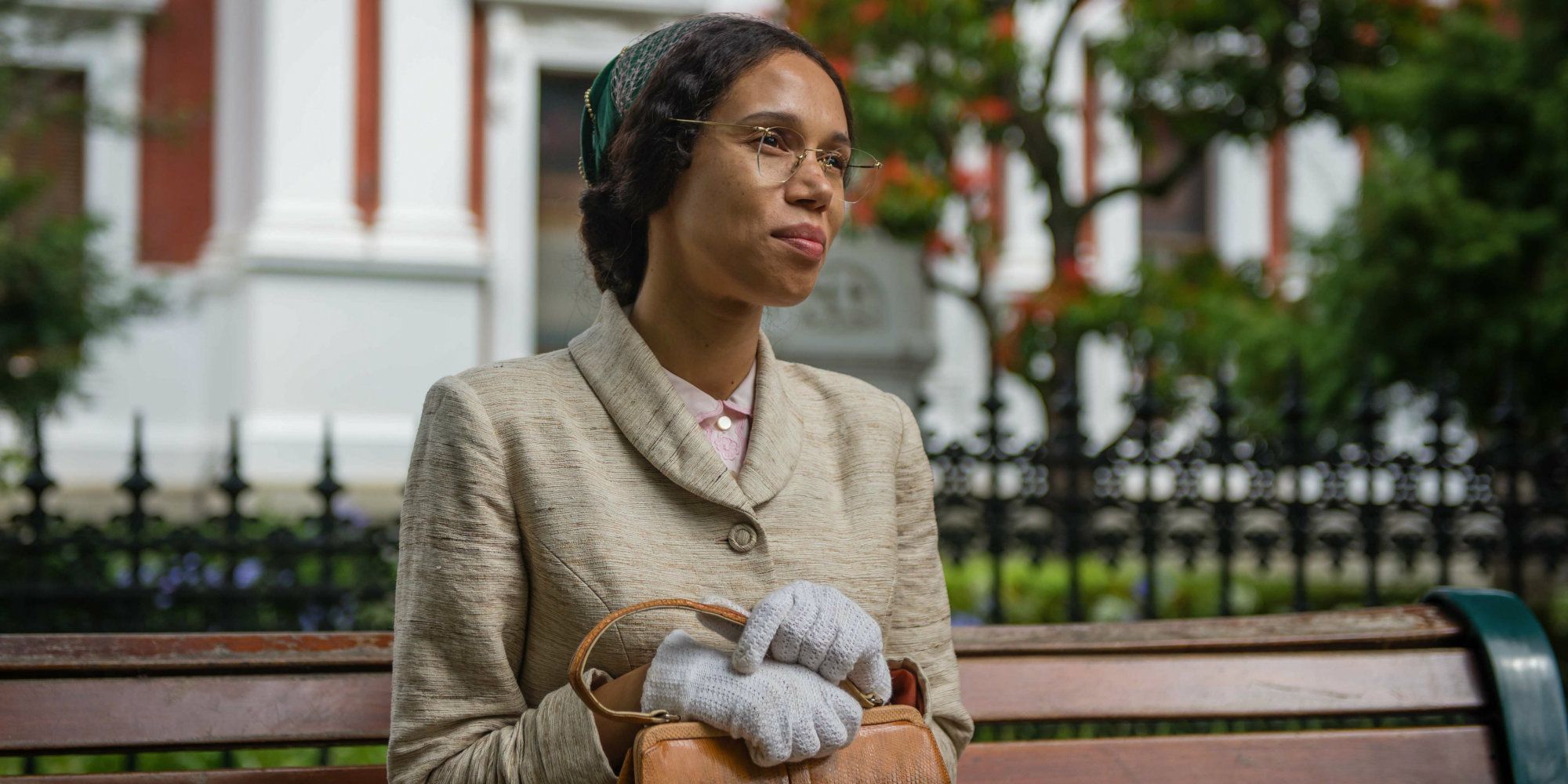Warning: SPOILERS ahead for Doctor Who season 11 episode 3, "Rosa"
-
Doctor Who tackled the story of Rosa Parks in a powerful episode, but was it historically accurate? Most of us are aware of the history of segregation in America. We know the names Martin Luther King Jr. and Rosa Parks, and what they stood for. Doctor Who showrunner Chris Chibnall made a brave, bold choice to set an episode in Montgomery, Alabama, in 1955, with the Doctor and her friends not trying to alter the course of history, but rather, letting it all play out exactly as intended.
Writer Malorie Blackman didn't shy away from showing the prejudices of history in all their awfulness. Watching Ryan getting punched in the face for touching a white woman, and Yasmin being called Mexican, really made history a stark reality, and the impact of Rosa Parks' quiet protest - when she refused to give up her seat on a bus - hit home. This being a fictional retelling, Doctor Who could have strayed wildly off course and altered events to suit their storyline, but it didn't. In fact, the show gave a pretty spot-on retelling, albeit with a few twists and turns added in to allow for the Doctor and her friends to be present.
Related: Doctor Who: Who Is The Timeless Child?
In Montgomery, buses were segregated, with white people allocated the seats up front, and black people required to use the rear doors of the bus, and ride at the back. Montgomery bus drivers adopted a practice of making black people give up their seats if there weren't enough seats for white people, further highlighting the notion that they were second class citizens because of the color of their skin. The buses had signs, designating which section was which, and the bus driver could move the sign further back down the bus to enlarge the white persons section.
As shown in "Rosa," in 1943, Rosa Parks boarded a bus being driven by James Blake. She entered at the front, and paid her fare. Blake told her to follow the rules, and re-enter the bus by the rear doors. When Parks exited the bus to do that, Blake drove off without her. Parks was already an active member of the NAACP, along with her husband. After being left out in the rain, she vowed to never ride a bus driven by Blake again.
In March 1955, a 15 year-old black girl named Claudette Colvin was arrested for refusing to move out of her seat for a white woman. Parks knew Colvin, since she served as a mentor to the NAACP Youth Council, of which Colvin was a member. When Parks then refused to give her seat up, on December 1 1955, Colvin's mother was happy for Rosa Parks to be the one who became notorious for it; she felt as though white people liked Parks more and would listen to her, because her skin was lighter than Colvin's.
The scene on the bus played out just as Doctor Who depicted it (except the Doctor and her friends weren't present, of course). Parks was riding home after a long day at work as a department store seamstress. She didn't realize the bus was being driven by Blake. When the bus filled up, Blake ordered four black people to stand. Three complied, but Parks did not. When Blake asked if Parks was going to move, she calmly replied that she would not. Blake said he'd have to call the police, and Parks simply said "You may do that." Her subsequent arrest triggered the Montgomery bus boycott - an idea that had been born out of Colvin's arrest earlier that year.
At the end of "Rosa," the Doctor gave an honest and insightful account of Rosa Parks and the impact she had on the world. This was also accurate. Parks and her husband did lose their jobs, and she continued the long, hard fight to end racial discrimination - a battle that is still being fought today. As Ryan said, things are better. Not perfect, but definitely better, and Doctor Who did a fine job of retelling one of the most important moments in history. And yes, in 2014 asteroid number 284996 really was named after Rosa Parks.
Next: Doctor Who Theory: New TARDIS Design Created By Season 11's Big Villains
Doctor Who continues every Sunday on BBC 1 and BBC America.


